How to fertilize violets for abundant flowering: types of fertilizers, instructions for use
The use of fertilizer for violets allows you to achieve high-quality and lush flowering. Home remedies and industrial complexes can be used for feeding. It is important not only to find the right fertilizer, but also to use it correctly. Florists often alternate fertilizing with each other, but this must be done wisely. To admire the lush cascade of flowers, violets also need to provide the right level of lighting and optimal watering.
Industrial fertilizers for wick irrigation
Violets are very sensitive to irrigation fluctuations. If you dry out the substrate, the leaves become soft, drooping, excess water causes decay of the roots and the subsequent death of the plant. Saintpaulia collectors have to find a middle ground. The best solution in this case would be the arrangement of a wick irrigation system. Its advantages:
- facilitating the care of Saintpaulias;
- tangible time savings;
- uniform soil moisture;
- the ability to use small pots for planting.
With proper use of wick irrigation, violets quickly pick up buds, and then bloom profusely and for a long time. In winter, plants are moved from a cold windowsill to a rack so that the water does not get too cold. It is also important to choose the correct thickness of the cord, too large a diameter of the wick will lead to waterlogging of the soil.
With this method of growing, the saintpaulia bowl can be very small, because all the necessary plant substances are obtained from a nutrient solution based on water-soluble fertilizers. The soil must be made as loose as possible by adding loosening components to the store soil for violets:
- perlite;
- vermiculite;
- coconut peat.
Fertilized water is poured into a plastic tank with a lid, in which holes for the pots are cut. The wick is made from a piece of cord 15–20 cm long. The cord is laid in circles at the bottom of the pot, and its end is lowered into a reservoir with a nutrient solution.
There should be a distance of 1.5 cm between the bottom of the pot and the liquid level. As the soil dries, water will rise up the wick and moisten the substrate. To begin with, several plants are transferred to such a growing system. After making sure everything is done correctly, you can start growing the rest of the violet collection this way.
Fertika fertilizer
Previously, the Fertika fertilizer was familiar to flower growers under the name Kemira. In terms of composition, both brands are complete analogues.
Fertika Lux or Fertika Flower is suitable for feeding violets. Each of these preparations contains all the necessary minerals in an optimal ratio.
The use of this fertilizer stimulates the formation of buds, prolongs flowering, makes the color of flowers and leaves more intense. The composition does not contain chlorine. For violets on wick irrigation, the solution is prepared from 0.5 tsp. powder per 10 liters of water. The preparation is suitable for feeding other indoor plants.
Fertilizer "Etisso"
Microfertilizer "Etisso" is available in a variety of forms (capsules, tablets, sticks, powder). For wick irrigation of violets, a liquid concentrate is most suitable. In addition to trace elements, "Etisso" also contains vitamins.
As a result of using the drug, young plants begin to develop very quickly and soon bloom.According to the observations of flower growers, the effect is noticeable after a week, they position "Etisso" as the best fertilizer. To prepare the nutrient solution, the liquid composition is used in low concentration. Only 3 drops of the drug are added to 1 liter of water.
Fertilizer "Osmokot"
The drug is produced by an American company; the latest developments were used in its creation. Form of release "Osokot" - granules covered with a thin polymer film. Under the influence of moisture, trace elements are gradually released and nourish the roots of the plant.
The granules are placed in the soil before the violets are planted. 1 tsp is enough for a liter pot. fertilizers.
Fertilizer "Fasco"
Fertilizer "Fasco for violets" is produced in liquid form. The composition contains all the necessary nutrients for active growth and lush flowering of the culture. The top dressing has an affordable price and a long shelf life. After applying the fertilizer, the color of the leaves increases, the yellowness disappears, new leaves and buds begin to appear. For root dressing, the manufacturer recommends in the instructions for use to consume 10 ml of the drug per 1 liter of water. With wick irrigation, the concentration must be reduced to 1 ml per 1 liter of water. You can measure the required dose with a syringe.
Fertilizer "Peters"
According to the manufacturer, the fertilizer contains a minimum of auxiliary substances. It is based only on important macronutrients and the M77 complex (a mixture of micronutrients in a chelated form, maximally accessible to plants). That is why violets quickly respond to such feeding and literally come to life in a short time.
Of the entire line of Peters fertilizers, Peters Professional Blossom Booster is the most suitable for flowering. Its use promotes the formation of a large number of buds. The complex is distinguished by the content of increased doses of potassium, magnesium and sulfur. The approximate concentration of the substance when diluted with water is 0.3 g per 1 liter.
Fertilizer "Bona Forte"
Specialized fertilizer for violets and begonias is produced under the Bona Forte trademark. Its composition is balanced in such a way that the preparation can be used for wick irrigation. Top dressing is part of the "HEALTH" series and is suitable for weakened plants. In addition to macro- and microelements in chelated form, the preparation contains humic acids, which are a natural stimulator of plant growth and immunity.
When applied under the root, the drug is consumed in a proportion of 10 ml per 1.5 liters of water. For wick irrigation, the concentration is reduced to 1 ml per 1 liter of water. It is possible to fertilize violets with a composition for abundant flowering not constantly, but by alternating the nutrient solution with ordinary water.
Home fertilizers for violets
Not all growers approve of chemical fertilizers and are ready to use them for their Saintpaulias.
To feed violets at home with wick irrigation, you can use folk remedies:
- Sleep tea. A used tea bag is dipped into water for wick irrigation until a golden color is obtained. You can just add some tea leaves. In any case, the solution should not be strong.
- Coffee. You need to use coffee brewed from ground beans, not instant coffee. As in the case of brewing, the wick irrigation solution should be weakly concentrated. It will be enough if the water is not colored too intensely and retains its transparency.
- Sweet water. The sugar solution is added in winter, when the time for the violets to come out of hibernation approaches. Sweet feeding will help the plants wake up. The solution is prepared from 1 liter of warm water and 1 tsp. Sahara.
- Iodine. To fertilize violets, 1 drop of iodine tincture is diluted in 1 liter of water. Top dressing will increase the immunity of plants in spring during the period of active growth and after flowering.
- Vitamin B The ampoule of the preparation is dissolved in 1 liter of water and the solution is used for wick irrigation. You do not need to constantly add vitamin. Violets can be fertilized in spring and mid-summer.
Folk remedies will definitely not harm plants. It will be possible to judge their benefits by the appearance of the flowers, so in any case, you can experiment.
Capricious and delicate violets need close attention and care of their owner. Fertilizers will help in the care of these plants. It is necessary to remember not only the need to use dressings, but also the exact adherence to the dosage. An excess of fertilizer is even more harmful to flowers than a lack of it.
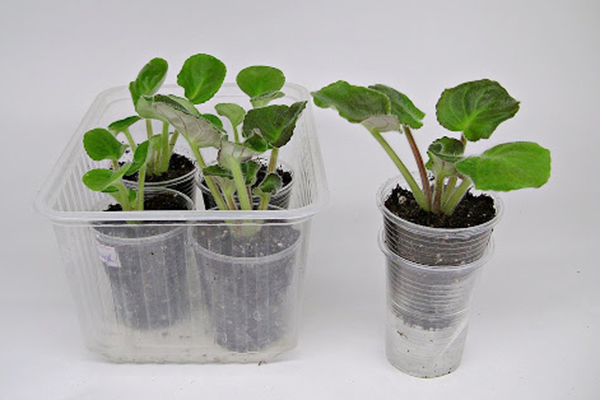
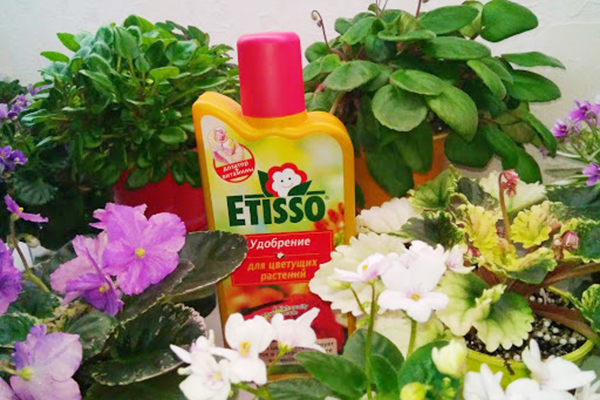
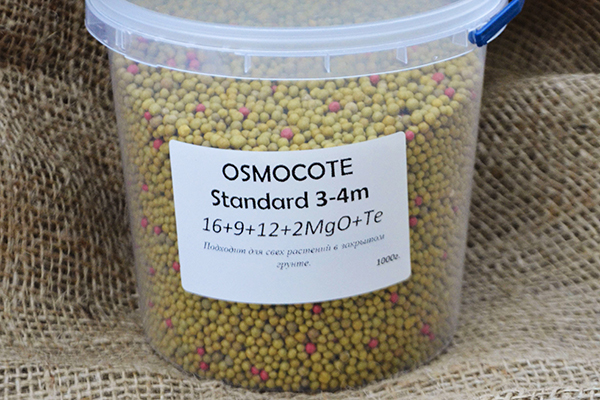
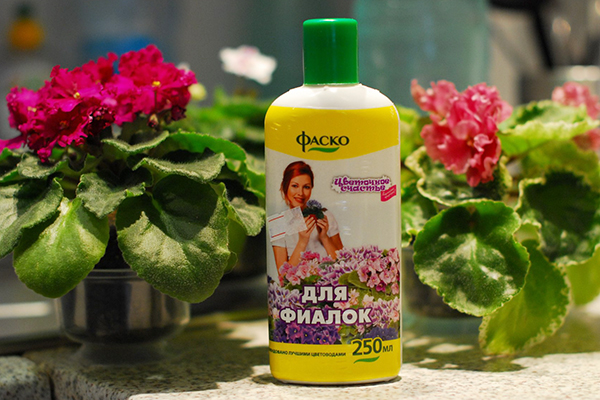
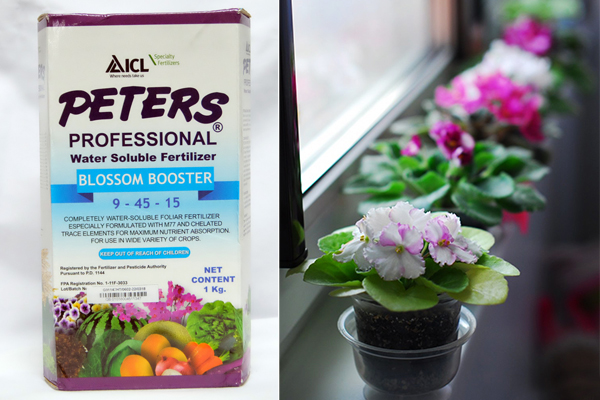
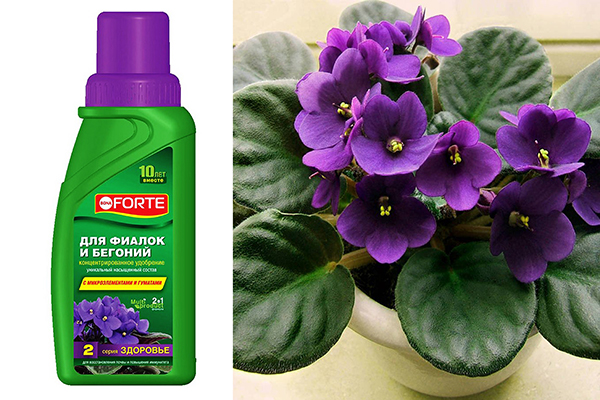
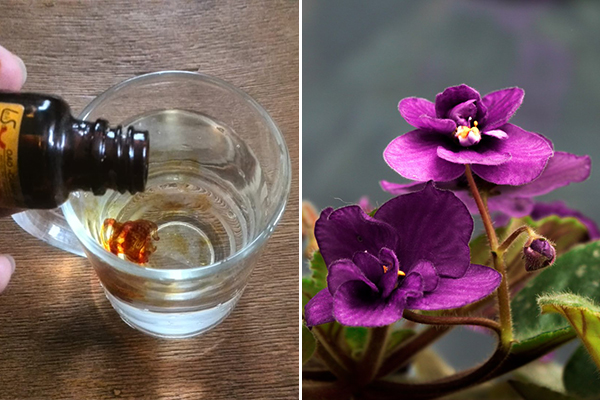
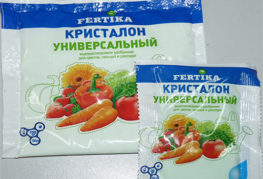
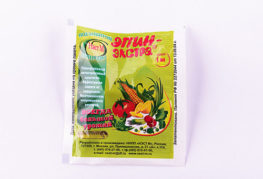
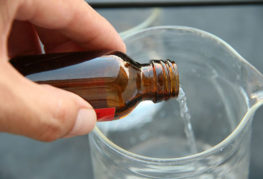
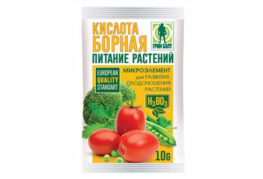
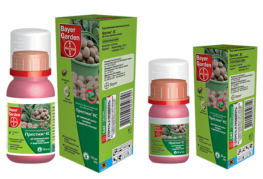
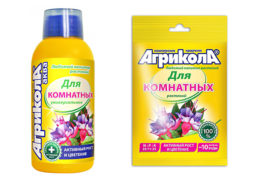
and will be published shortly.